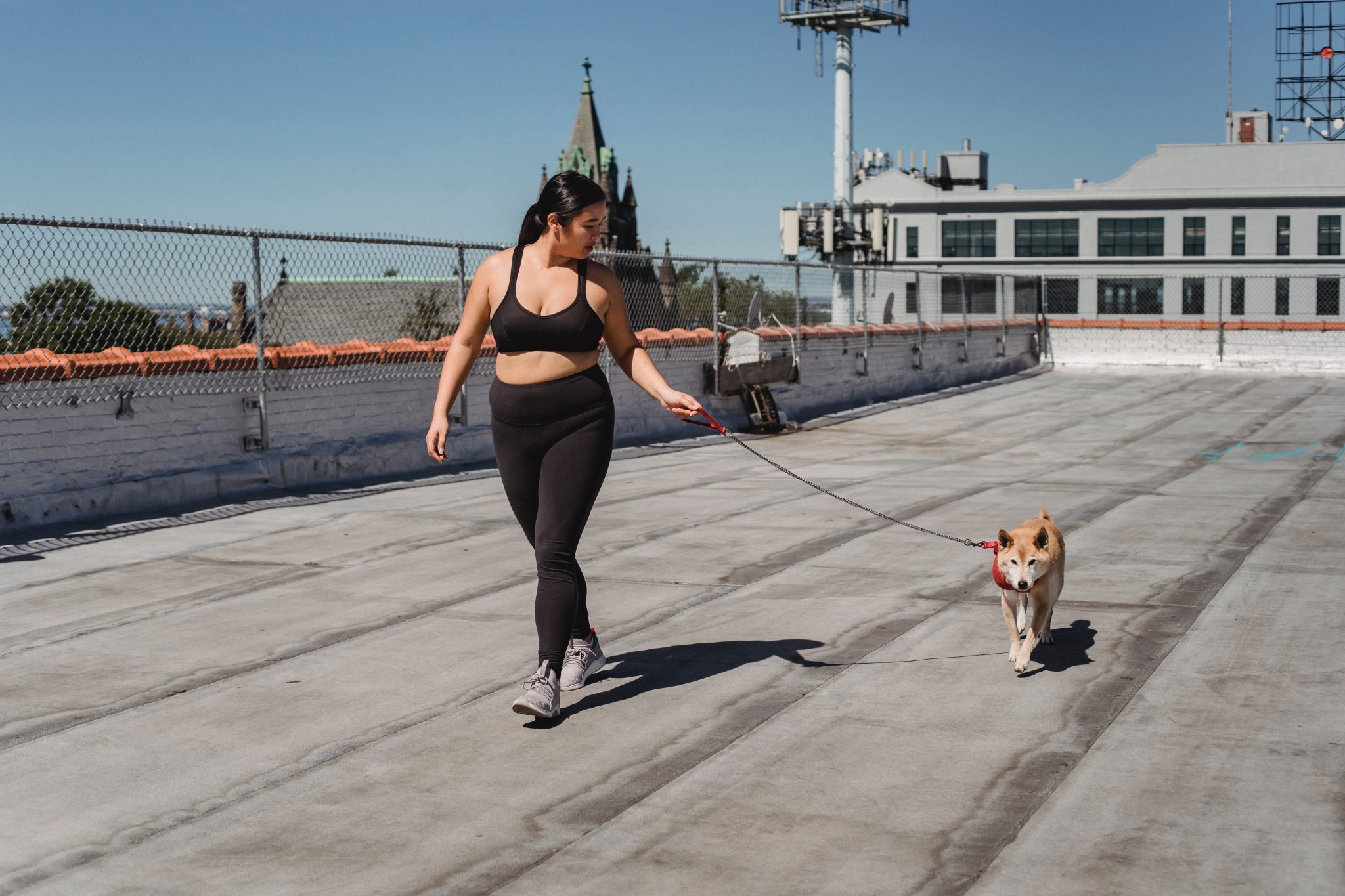Working from Home? How a Standing Desk Can Help Reduce the Risk of Vein Disease
More people are working from home now than ever before which can bring up the question of how to support your vein health when you’re sitting at your desk at home all day. If you suffer from vein disease or you’re trying to prevent vein disease, you’re probably trying to make it a point not to remain sitting for long periods. Perhaps using a standing desk while working at home can be the solution.
A standing desk can provide an alternative to sitting for your entire work-at-home day, however, standing in one spot for your whole shift isn’t conducive to vein health either. To reduce the risk of vein disease, you need more frequent movement which can be achieved by using an adjustable desk and taking frequent movement breaks.
What’s the Problem with a Traditional Desk?
Sitting has been deemed the new smoking due to the harmful effects that can be caused by sitting for the majority of the day. We sit in our cars or on public transportation to get to work, then sit at our desks for eight hours, sit on the evening commute, then arrive home to sit on the couch. That’s a lot of hours spent sitting each day.
Sitting for long hours can cause:
- Higher likelihood of being overweight
- Increased risk of diabetes
- Higher risk of deep vein thrombosis
- Back pain
- Higher incidence of varicose veins
- Increased vulnerability to osteoporosis
If you drive to work, there really isn’t anything you can do to prevent sitting for that portion of your day. In some cases, people have opted to walk or bike to work to increase their physical activity and cut out sitting in the car. That’s not a viable option for everyone though.
Instead of vegging out on the couch all evening, you could take thirty minutes to do some type of exercise to get the circulation going. Unfortunately, even fitting in a one-hour workout session every single day isn’t sufficient to reverse the effects of sitting for seven or more hours a day.
Of course, you should partake in exercise most days of the week for its circulation-boosting effects, along with its various other positive impacts on your health. It’s just not enough on its own to reverse the effect of sitting for the remainder of the day.
The problem lies in the amount of time spent sitting each day. There needs to be a way to decrease the time spent sitting while also enabling you to be productive when working from home. Hence, the invention of the standing desk.
What are the Benefits of Using a Standing Desk?
The standing desk was created to solve the problem of sitting all day long at work. By 2019, approximately 60% of employers offer their staff the option of using a standing desk, as the negative impact of sitting for hours has been made clear.
Using a standing desk can provide the following benefits:
- It cuts down on the number of hours spent sitting each day. We’ve already seen how harmful that can be to our health, so cutting down on that time is important.
- It can encourage better posture. Many people slouch when they sit and the resulting spinal misalignment can lead to a whole host of other health problems, including headaches, fatigue, joint pain, and poor circulation. Standing desks can provide an opportunity for improved posture.
- It can help you manage your weight. Standing at your desk certainly won’t count as exercise, but it’s better than sitting the whole time. There’s a slight bit more energy expenditure when standing and over time, it will add up.
- It can alleviate hip pain and stiffness. Sitting for long hours, especially with poor posture, can affect the mobility of the hips. That can lead to stress on your other joints which you’ll start to notice as pain or cracking in the joints when standing up after sitting for a stretch. A standing desk can cut down sitting time and help keep your hips from locking up.
- It can help boost your productivity. Research has actually shown a 46% increase in productivity when people started using standing desks.
Are Standing Desks Better for Vein Health Than Traditional Desks?
Standing desks may seem to be a good solution for sitting at a traditional desk for eight or more hours a day, but let’s consider the health effects of standing for those eight hours instead.
Standing for hours on end can lead to:
- Back pain
- Leg pain
- Hip pain
- Fatigue
- Increased risk of varicose veins
- Increased risk of deep vein thrombosis
You probably noticed that some of these side effects are the same as for sitting too long.
Remember that vein disease is often caused by a lack of proper blood flow when blood stays pooled in the legs and feet and has a difficult time making its way back up to the heart. Sitting for hours keeps the blood from circulating properly, however, standing for an extended time can also have the same effect. If you are overweight or wearing constricting clothing, this puts even more pressure on the veins and increases the risk of vein disease.
Using a standing desk does not necessarily equate to increased movement if you are just standing in one place. So you are still just as vulnerable to vein disease whether you sit or stand all day. Neither of these positions provides the physical movement needed to pump blood back up the legs. One study found an increased risk of surgery for varicose veins in individuals who spent more than six hours a day on their feet at work, whether standing, walking, or doing heavy lifting.
The key to promoting healthy veins and decreasing the risk for vein disease is to get the blood flowing. And for this, you need movement.
What is the Best Way to Reduce the Risk of Vein Disease While Working from Home?
To promote optimal vein health while getting your work done at home, your ideal routine would include a mix of sitting and standing, as well as a 5-minute break for each 30-60 minutes of work. Your short breaks should consist of some form of movement, whether it be a walk, stretching, yoga, or a quick jumping session on a mini-trampoline. Get your blood flowing often!
Summary
Now you know how a standing desk can benefit you while you work from home and what other lifestyle changes you can make to reduce the risk of vein disease. Awareness of what makes you more susceptible to vein disease can help you make the changes you need to promote the health of your veins. As much as using a standing desk can complement your vein health program, it is best to alternate between sitting and standing throughout the workday.
While a healthy diet and lifestyle are extremely helpful for decreasing the risk of vein disease, it’s important to seek out professional care if the problem persists. If you’re experiencing symptoms from vein disease that don’t respond to diet and lifestyle changes, contact us today to book an appointment.





